In the intricate tapestry of the natural world, survival often hinges on resourcefulness and adaptability. While some animals rely on agility, strength, or camouflage to secure their sustenance, others have evolved a remarkable ability to pilfer their way to a meal.
These are the crafty critters, the larcenous looters, the ingenious thieves of the animal kingdom. In this captivating exploration, we delve into the world of “Animals that Steal,” shedding light on their cunning tactics, remarkable strategies, and the curious behaviors that have earned them a spot in nature’s rogues’ gallery.
From the stealthy raccoons that ransack campgrounds to the charming magpies that collect shiny treasures, these animals demonstrate a surprising capacity for thievery. Nature has bestowed upon them an arsenal of skills that allows them to acquire coveted resources, from food to nesting materials, often outwitting their fellow creatures and even human observers.
As we embark on this journey into the realms of animal kleptomania, we will uncover the fascinating stories behind these cunning culprits, showcasing the remarkable adaptations that enable them to thrive in a world where every morsel can be a stolen treasure. Get ready to meet the true masters of pilfering, as we unveil the enchanting world of “Animals that Steal.”
The intriguing phenomenon of Animals that Steal:
In the intricate tapestry of the natural world, a captivating phenomenon unfolds—theft among animals. This intriguing behavior, akin to human theft, occurs across various species and ecosystems. The animal kingdom is rife with resourceful beings employing cunning tactics to secure food, shelter, and even mates.
From small-scale acts like birds stealing shiny objects for nest adornments to grander schemes involving cunning predators usurping others’ hard-earned prey, the world of animal theft is both enigmatic and revealing, offering a glimpse into the remarkable strategies that have evolved over eons.
Animals that Steal: The Various Reasons
Animals steal for a multitude of reasons deeply embedded in their instinctual and survival-driven behaviors. These motivations encompass securing sustenance, establishing dominance, ensuring reproductive success, or even enhancing nest quality.
While some acts of theft are driven by sheer necessity, others showcase an animal’s strategic prowess. Understanding these reasons offers valuable insights into the complex dynamics of ecosystems and the lengths to which animals will go to thrive in their natural habitats.
Raccoons:
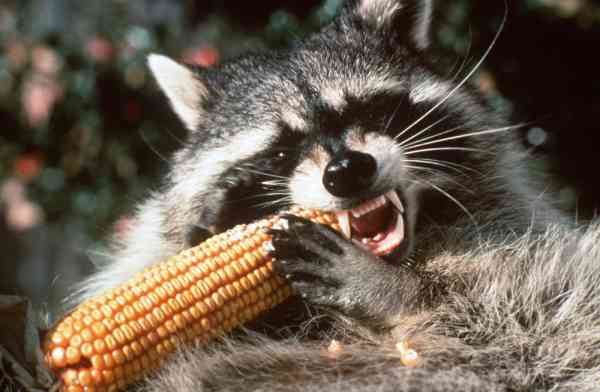
Raccoons, with their distinctive mask-like facial markings and dexterous front paws, are renowned for their crafty antics when it comes to theft. These nocturnal bandits often make headlines for their daring raids on campgrounds, trash cans, and even people’s homes.
Their omnivorous diet and highly adaptable nature make them proficient scavengers, capable of pilfering a wide variety of food items. Raccoons demonstrate a remarkable ability to solve puzzles and manipulate objects, which further enhances their reputation as skilled thieves in the animal kingdom.
Crows and Ravens:
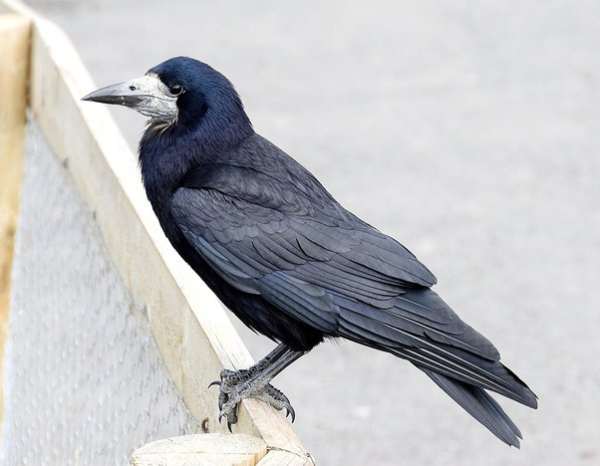
Crows and ravens, members of the Corvid family, are celebrated for their intelligence and problem-solving abilities. Their sharp beaks and cunning minds have earned them a place among the animal kingdom’s most notorious thieves. These birds are known for their penchant for shiny objects, and they frequently steal and hoard items like jewelry, coins, and even keys. Their ability to remember locations and use tools sets them apart as remarkably resourceful thieves with a penchant for collecting intriguing treasures.
Cuckoos:

Cuckoos employ a different form of thievery, practicing brood parasitism. Some cuckoo species lay their eggs in the nests of other birds, tricking them into incubating and raising cuckoo chicks as their own. This devious strategy allows cuckoos to offload their parenting responsibilities onto unwitting hosts, demonstrating a form of reproductive theft that has evolved over millions of years.
Bowerbirds:

Bowerbirds are masters of larceny when it comes to securing the affections of a mate. These avian artists build elaborate bowers, or courtship displays, decorated with an array of stolen items. The males pilfer colorful objects like feathers, leaves, and even man-made items such as bottle caps to create an enticing stage for their courtship rituals. Their ability to assemble an attractive bower from a wide range of “stolen” decorations showcases the creativity of these avian thieves.
Kleptoparasitic Bees:
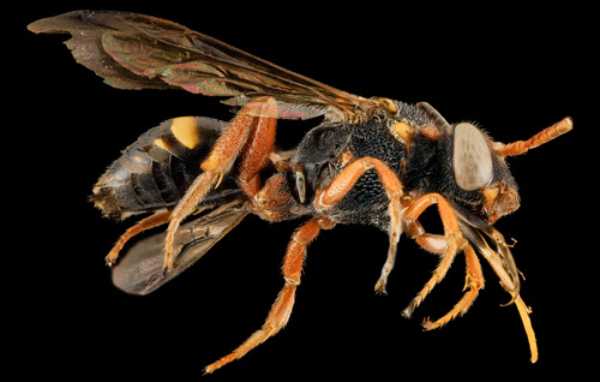
Kleptoparasitic bees are a unique example of thieves in the insect world. These bees sneakily lay their eggs in the nests of other bee species, relying on the host bees to provide food and care for their offspring. This parasitic behavior reduces the host bees’ reproductive success, highlighting the competitive nature of the insect world and the strategies some species employ to gain an advantage.
Hyenas and Lions:

Hyenas and lions, as apex predators, are not immune to theft within their ranks. In the competitive realm of scavenging and hunting, lions often steal prey from hyenas, and vice versa. This dynamic illustrates the intense competition for food resources in the African savanna, where the line between predator and scavenger can blur.
Birds of Prey:
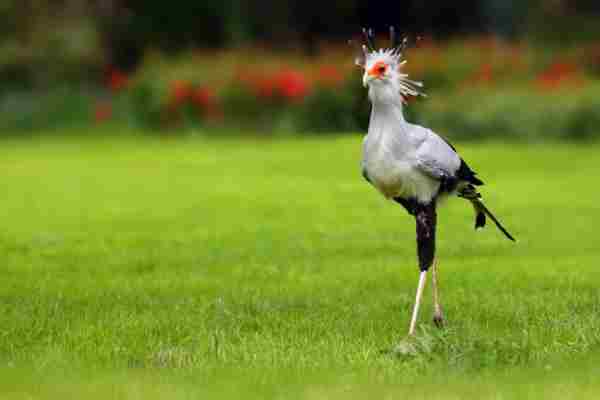
Birds of prey, such as eagles and hawks, exhibit calculated thievery when they engage in kleptoparasitism. These raptors occasionally steal food from other birds, using their aerial prowess to snatch prey mid-flight. This behavior underscores the competitive nature of the skies and the relentless quest for sustenance among avian predators.
Dolphins:
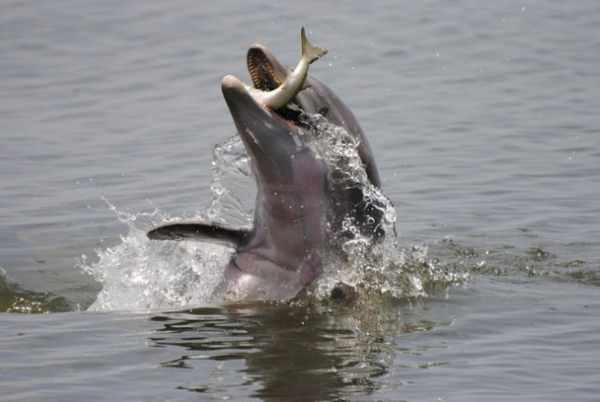
Dolphins, known for their high intelligence, have been observed engaging in cooperative food theft. They work together in groups to corral fish into tight balls, making it easier for them to catch a meal. This collaborative strategy exemplifies the resourcefulness and social dynamics of these marine mammals in their pursuit of sustenance.
Octopuses:
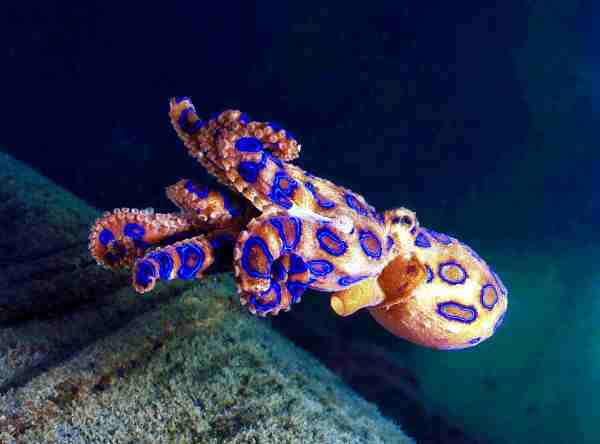
Octopuses, with their remarkable problem-solving abilities and dexterity, have been documented stealing cameras and other items from divers. These underwater heists showcase the cephalopod’s adaptability and curiosity, as they explore and interact with their environment in unexpected ways.
Cowbirds:

Cowbirds, specifically the brown-headed cowbird, are known for their brood parasitism. They lay their eggs in the nests of other bird species, often at the expense of the host’s own eggs. This reproductive theft is a survival strategy that has evolved over time, enabling cowbirds to pass on their genes while avoiding the responsibilities of raising their young.
Survival Tactics: Food Theft:
Food theft represents one of the most prevalent forms of animal theft. From crafty raccoons raiding campers’ supplies to cunning dolphins swiping fish from fellow predators, the animal kingdom is rife with examples of resourceful food theft.
This survival strategy underscores the relentless competition for sustenance in the wild, where acquiring a meal often means the difference between life and death. Exploring these tactics sheds light on the fascinating ways animals have adapted to maximize their chances of survival.
Discussion on the ethical implications of animal theft:
Ethical considerations surrounding animal theft are both complex and thought-provoking. While theft is a human-defined concept, applying ethical standards to animals’ actions challenges our understanding of morality in the natural world.
This discussion delves into the blurred lines between survival and unethical behavior in animals, raising questions about our role as observers and the ethical responsibilities we bear in our interactions with wildlife.
The blurred lines between survival and unethical behavior:
The natural world’s harsh realities often blur the lines between survival and unethical behavior. While some animal theft may seem ruthless, it is essential to recognize that these actions are often driven by instinct, honed through millennia of evolution.
This gray area prompts us to consider whether we can truly apply human moral judgments to the behaviors of animals, revealing the intricate ethical dilemmas intertwined with the study of nature.
The impact of human activity on animal thieving behaviors:
Human activity and encroachment into natural habitats have profound effects on animal thieving behaviors. The introduction of new food sources, the alteration of landscapes, and the disruption of ecosystems can either exacerbate or diminish instances of animal theft.
Understanding these impacts highlights the delicate balance between human actions and the behaviors of wildlife, offering critical insights into conservation efforts and the preservation of ecosystems.
Curious Cases: Unusual Examples of Animal Theft:
Amidst the vast array of animal theft cases, some stand out as particularly intriguing and unusual. These curious instances range from octopuses snatching cameras to sea otters stealing boats, showcasing the incredible adaptability and wit of certain creatures. These cases provide a fascinating glimpse into the unexpected quirks of the animal world.
Evolutionary Significance:
The phenomenon of animal theft holds evolutionary significance. It underscores the ceaseless struggle for survival and the dynamic interplay between species, shaping the course of evolution. Examining how theft has contributed to the development of traits, strategies, and adaptations in various animals helps us appreciate the depth of nature’s evolutionary tapestry.
Final Words:
In the complex realm of the animal kingdom, theft emerges as a multifaceted phenomenon, driven by a range of motivations and influenced by both natural and human-induced factors. As we unravel the mysteries of animal theft, we gain deeper insights into the intricacies of life in the wild and the extraordinary ways in which creatures have evolved to thrive.
While ethical considerations challenge our understanding, the undeniable role of theft in shaping the course of evolution reminds us of nature’s ceaseless drive for adaptation and survival. The stories of “Animals that Steal” serve as a testament to the ingenuity and resourcefulness that characterize the natural world.
Reference:
- https://pubmed.ncbi.nlm.nih.gov/25123853/
- https://www.amentsoc.org/insects/glossary/terms/kleptoparasite/
- https://www.argospetinsurance.co.uk/we-talk-pet/why-does-my-dog-steal-things/

Zahra Makda
Growing up enjoying the beauty of my village, a good passion for nature developed in me from childhood. Following my passion for the natural world, I have chosen zoology for my graduation, during my undergraduate degree, I participated in many nature trails, bird watching, rescues, training for wildlife conservation, workshop, and seminars on biodiversity. I have a keen interest in invertebrate biology, herpetology, and ornithology. Primary interests include studies on taxonomy, ecology, habitat and behavior.









